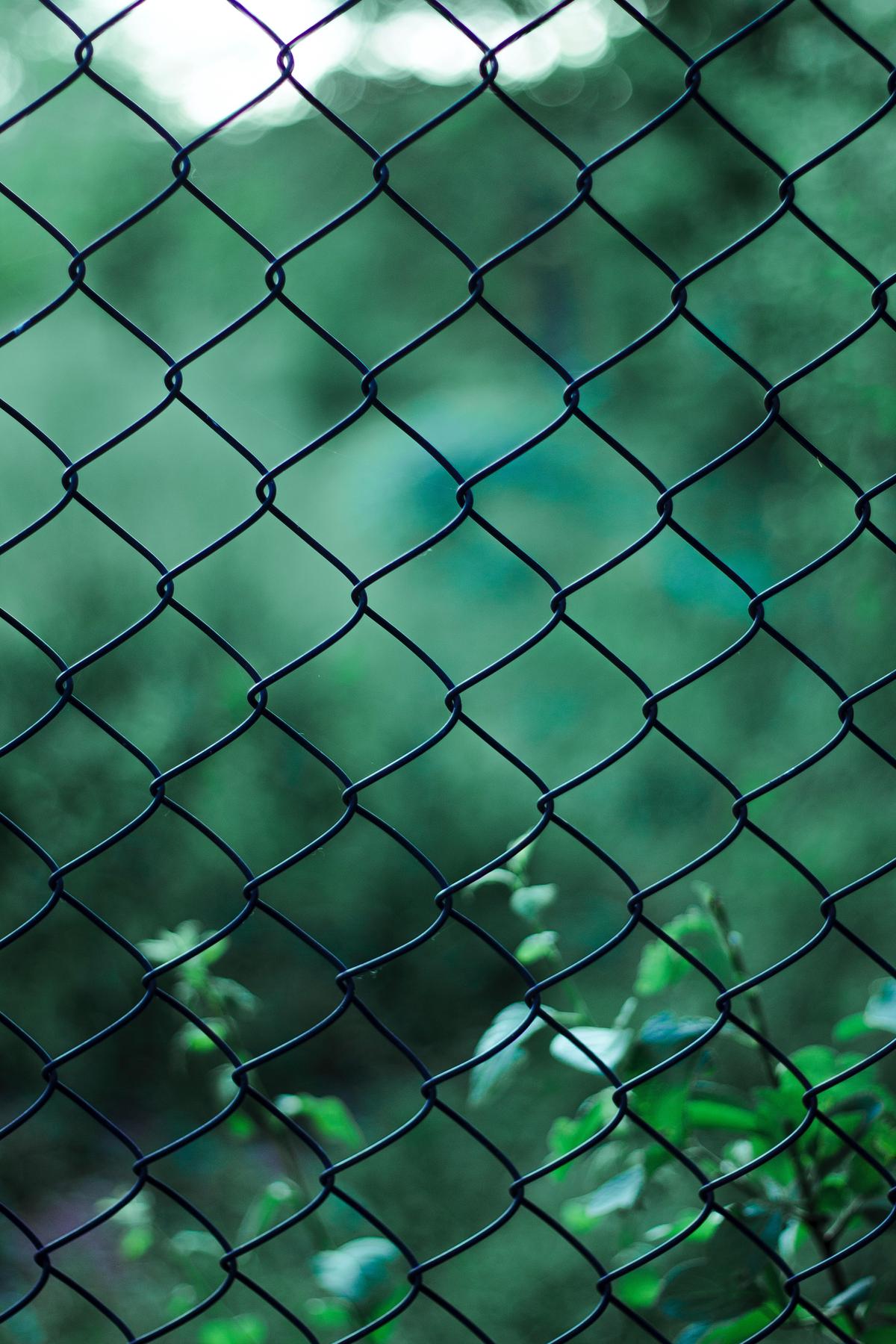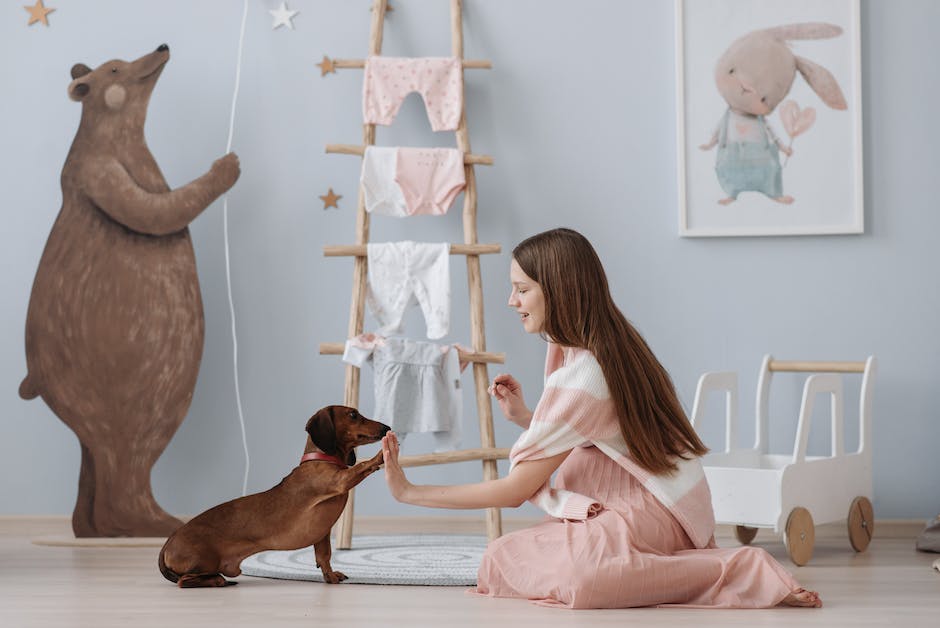Keeping Fido out: A Guide to Dog-Proofing Your Garden

It can be a joyous affair to bear witness to our furry companions express their boundless energy and curiosity, except when it comes to our cherished gardens. Gardens are not just visually appealing but are often the result of hard work, patience, and a genuine love for gardening. When our ever-enthusiastic canine friends fail to respect garden boundaries, it’s essential to adopt effective methods to keep them at bay. The focus of this discourse is to set you on a journey that will guide you through the process of setting physical barriers, training your dog, and using dog-repellents to keep your garden damage-free and still offer an amicable environment for your dog to coexist.
Setting Physical Barriers
Why Physical Barriers Work Wonders in Keeping Your Pooch Out of the Garden
First things first, furry companions may be man’s best friend, but they can prove to be quite the challenge when it comes to maintaining a garden. It’s those tantalizing flowers, tasty greens, and intriguing bugs that seem irresistible to our canine pals. Fear not, though, because physical barriers can be the simple, effective solution parents need to keep Fido from wreaking havoc in the backyard paradise.
One of the classic methods to establish gentle boundaries is with the use of traditional fencing. Fences not only provide a clear separation between the dog’s play area and the garden, but they also ensure the safety of the pet. In the diverse market of today, there’s no shortage of options, from wooden fencing that blends seamlessly with nature to easy-to-install vinyl fencing.
However, there may be cases where a full fence isn’t a feasible option. For those instances, consider garden screens or borders. They are typically less intrusive than standard fences and can be effortlessly incorporated into your garden’s design. And guess what? These barriers help keep out not only dogs, but other critters that might have an interest in your vegetable patch!
Plants themselves can serve as all-natural barriers to deter curious pups. Species with thorny or prickly textures, such as roses or holly, can make your garden less appealing to dogs, while adding beauty to your landscape. Be sure, however, to research each plant before introducing it to ensure it’s non-toxic for dogs.
Are you in search of a quick and convenient solution? Portable dog gates or playpens might be right up your alley. Easy to set up and relocate, they can guard certain areas at specific times – say, while the new seedlings are taking root.
Physical barriers aren’t simply about keeping the dog out—they can also help “train” your pup to understand where their boundaries lie. Over time, the dog may learn to navigate the yard without venturing into the ‘no-access’ zones, allowing them to enjoy the outdoor space while the garden remains untouched.
And there you have it! With the right physical barriers, not only can parents create a beautiful backyard haven, but they can also create a safe environment for their four-legged family members to frolic and play. Happy gardening, and happy bonding!

Photo by idinebrahimi on Unsplash
Training Your Dog
The Power of Training Your Dog to Protect Your Garden
To continue our discussion on protecting your garden from your furry friends, let’s take a deeper dive into the fantastic world of dog training. Training your canine companion is not only about teaching cute tricks or obedient behavior. It could be an effective solution to protect your garden, too.
Teaching Furry Boundaries
Training your dog to respect boundaries begins with identifying a precise area where they cannot trespass. This tactic can perfectly complement any of the physical barriers – fences, screens, gates, or plant deterrents – that we discussed before. Using consistent commands, like a firm “No” or a friendly “Stay,” can help your dog understand where they are permitted and where they are not.
Patience and Consistency Is Key
Just like the proverbial Rome, a trained dog isn’t built in a day. It would require repetitions of commands and actions, rewarding your pet for good behavior, and correction in a loving manner for missteps. Positive reinforcement will work wonders here. Try rewarding them with treats or praises when they listen to you.
Building Trust and Understanding
Apart from setting boundaries, one often-overlooked benefit of training is that it fosters trust and understanding between you and your dog. Your dog will view the commands not as restrictions, but as instructions for their comfort and safety. In turn, they would be less likely to wander to restricted areas like your garden.
Dog Training Tools
For successful training, use tools like leashes, collars, and clickers. They can aid in controlling and guiding your dog during the training sessions. Remember though, these tools aren’t a substitute for the training themselves. They exist to enhance your commands and rewards.
Employ a Professional
If these training tasks seem too daunting or time-consuming, consider hiring a professional dog trainer. Quite often they have experiences dealing with similar issues. They can train your dog quickly and effectively, thanks to their expertise and your dog’s intelligence and eagerness to learn.
Preventing Boredom
A bored dog is a mischievous dog! Ensuring your pet gets sufficient playtime and mental stimulation would mean that they will be less likely to take out their energy on disrupting your garden. Try creating dedicated play zones outside the garden area where they can run and fetch.
In conclusion, training your dog can be an effective addition to the measures you take to protect your garden. It not only polishes your dog’s behavior but also enhances the bond between you two. Undoubtedly, a well-trained dog will no longer see your lush garden as their personal playground, but respect it as a no-go area. This way, you can enjoy the dual satisfaction of a well-behaved canine companion and a pristine, untouched garden.

Using Dog-Repellents
Beyond Physical Boundaries: Safe and Effective Dog-Repellents for Your Garden
Shifting our focus away from the physical boundaries, it’s time to explore methods that are craftier and less visible but just as effective. Among these methods that have gained popularity amongst homeowners are dog-repellents. These are products specifically designed to keep dogs away from the garden while being safe and non-toxic.
Fluid-Based Dog Repellents
If you have tried all the physical deterrent methods and are still facing issues, don’t worry, we still have options. One of those are liquid-based repellents. These solutions, when sprayed in your garden, emit an odor that dogs find undesirable, effectively nudging them away from your precious plants. Just make sure to choose products labeled as safe for animals and plants.
Granules or Sprinkle-On Repellents
A little different from liquid repellents, granulated repellents are solid particles sprinkled around the garden. These tiny granules are embedded with a scent that dogs find unattractive. While using these, ensure to sprinkle them generously around your garden, especially around the plant beds and other areas you want to protect.
Ultrasonic Repellents: High-Tech Solutions
This is where things start getting tech-savvy. Ultrasonic repellents are gadgets that emit an ultrasonic frequency only dogs can hear. When a dog enters the frequency range, they find it uncomfortable and tend to stay away. Remember, these devices do not cause harm to dogs. They are merely unpleasant for our furry buddies.
Garden Herbs: Nature’s Own Repellents
Nature sometimes offers the best solutions. Some herbs have aromas that dogs prefer to avoid. Planting these herbs not only adds to the aesthetic appeal of your garden but also acts as an effective dog deterrent. Top picks include rosemary, citronella, and rue.
Citrus Peels: A DIY Approach
Did you know that dogs generally dislike the smell of citrus? So, before tossing out your orange, lemon, or grapefruit peels next time, scatter them around your garden. You’d effectively be recycling your food scraps and keeping your beloved pup away from your plants. Talk about hitting two birds with one stone!
Conditions Apply: Test Before Widespread Use
Before using any of the above methods, remember that what works best can vary from dog to dog. Some dogs may dislike one smell, while others would find it tolerable. Therefore, test various methods to determine what works best for your particular pooch.
Lastly, it’s important to keep in mind that a combination of approaches often tends to offer the best results. A line of defense consisting of physical barriers, dog-repellents, and ongoing training will ensure that your garden stays beautiful and your fur baby remains a well-behaved, responsible member of the family. Now, are you ready to let your garden flourish?

By now, we understand that there’s no one-size-fits-all solution, and it’s essential to identify what works best for you and your fur-baby. Balancing the joy of owning a dog and maintaining a beautiful garden might appear complicated at first, but with a combination of setting up physical barriers, right training, and using dog-safe repellents, you can inculcate discipline in your dog while also respecting their natural instincts. The magic formula is persistence and patience. Let your love for your pet and your garden guide you in creating a harmonious environment where both can thrive.



